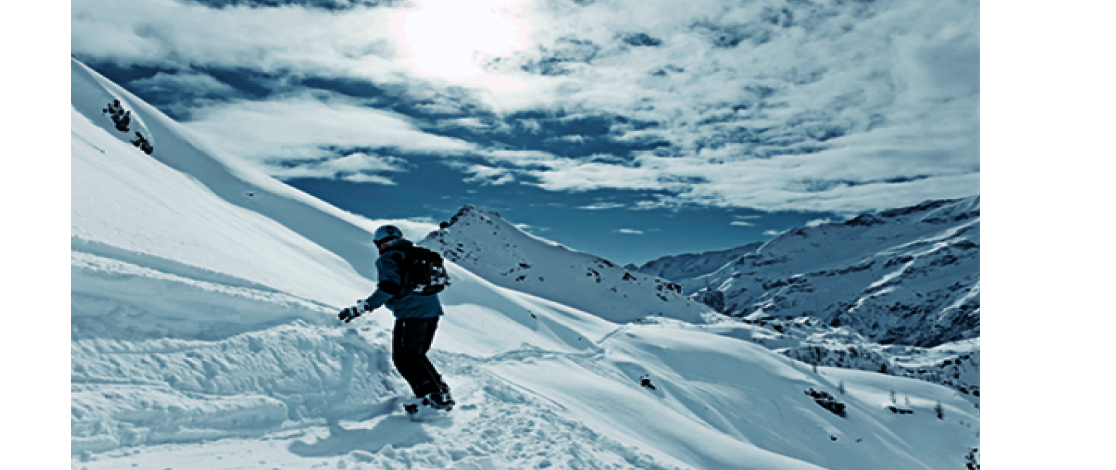In addition to endurance, speed, coordination and agility, snowboarders need strength - in particular they need a strong core.
Strength For Core Stability
“The core is the snowboarder’s trump card”, says the Austrian sports scientist Harald Graf. He started skiing when just three years old and from the age of ten he attended specialist ski schools. During that period, Harald was out on the slopes and glaciers almost every day.
Having qualified as a state-certified ski trainer and snowboard and ski instructor, he went on to teach many skiers how to ski properly. Now 37 years of age, Harald manages the Kieser studio in Linz. According to the former top athlete, the core, i.e. the torso is crucial to maintaining stability and balance on the snowboard. Your legs are fixed to the board and so the chest has to absorb the entire force: in particular the high rotational forces that require a dynamic control of core stability. In addition, the core is where the impulse from the arms and legs meet. “This makes strong, rock-solid core muscles absolutely essential.”
However, strong core muscles are exactly what many snowboarders lack. In particular the muscles of novice boarders fatigue after just 30 minutes to such an extent that they can no longer control the transfer of weight from one edge of the board to the other – not forgetting of course the risk of injury associated with untrained muscles.
If you want to have fun and not be held back by a lack of strength, your training should extend beyond the ankle, thigh and hip muscles, recommends Harald: “The benefits are huge if you focus on the muscles that stabilise the spine and keep it straight, e.g. the deep muscles of the back and neck, the muscles of the head/neck together with the front, side and rear abdominal wall muscles”. In addition, snowboarders should pay particular attention to strengthening the shoulder muscles, as the arms have to work continually to maintain balance. For those occasions when you do fall, it helps to have strong wrist muscles.
Nowadays, Harald does little teaching although he is still the honorary trainer for his ski club. Most of all, however, the likeable Austrian enjoys darting through the snow with his four-year-old son – on skis of course. After all, the lad is pretty talented.






























